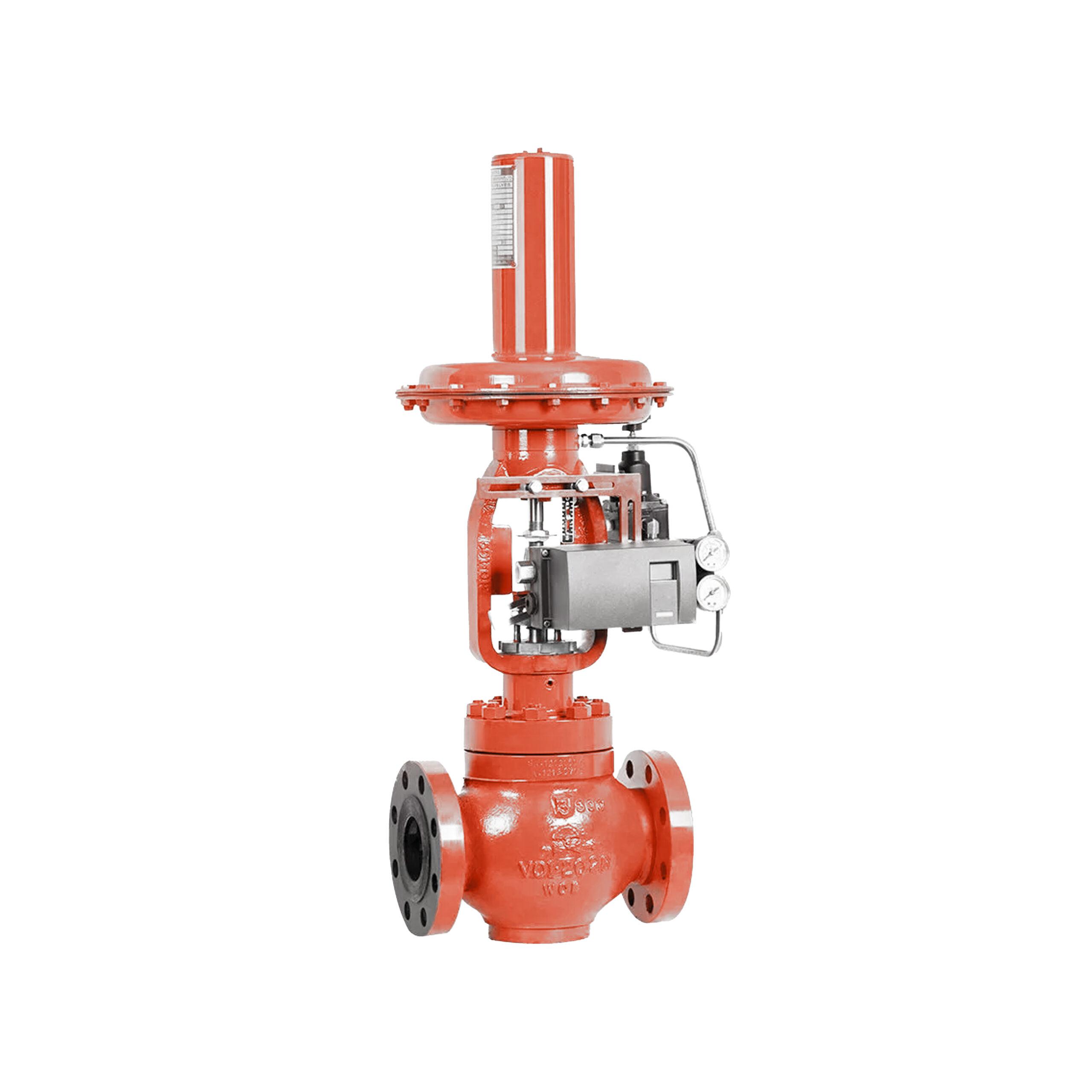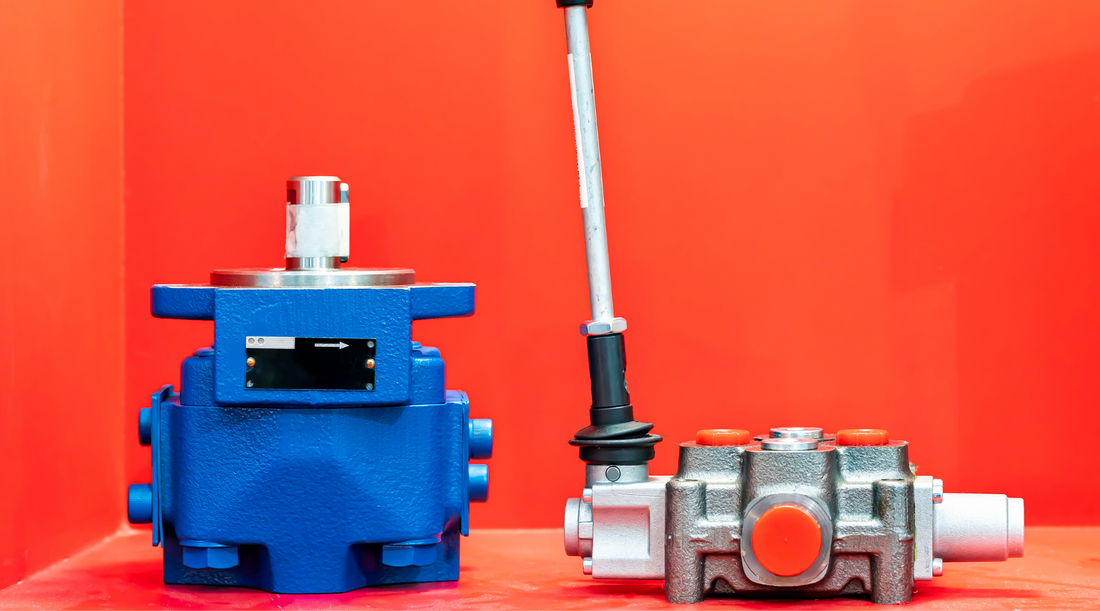Vital Aspects to Think About When Choosing Control Valves
Vital Aspects to Think About When Choosing Control Valves
Blog Article

Maximize Power Financial Savings and Convenience With Advanced Building Automation Controls
In the realm of modern-day design and facility monitoring, the combination of sophisticated building automation regulates stands as an essential improvement. The convergence of technology and sustainability has birthed a new period where power effectiveness, comfort optimization, and operational streamlining are no much longer obtainable truths however far-off aspirations. By taking advantage of the power of automation, structures can adapt, respond, and develop in ways that were when inconceivable. The potential for considerable energy cost savings and boosted comfort is not simply an assurance but an opportunity waiting to be fulfilled. This paradigm change in building administration holds the vital to unlocking a globe where ecological conscientiousness and passenger health sympathetically coexist within the wall surfaces of our frameworks.
Energy Performance Benefits
Energy effectiveness advantages can considerably reduce power consumption and operational expenses in structures. Energy-efficient systems, such as advanced building automation controls, can enhance the usage of resources like heating, lighting, and cooling, leading to reduced power expenses over time.
In addition, boosted energy performance can prolong the lifespan of structure equipment and systems. By running extra successfully, cooling and heating systems, lighting fixture, and various other building elements experience less damage, causing minimized upkeep and substitute costs. Additionally, energy-efficient buildings typically regulate higher building worths and rental rates, giving long-term economic benefits to owners.
Furthermore, energy performance can enhance owner comfort and performance. Correctly managed indoor settings with ideal lights and thermal conditions develop an even more conducive and pleasurable work space, resulting in enhanced staff member fulfillment and efficiency. Overall, the energy effectiveness advantages linked with advanced building automation controls are diverse, incorporating cost savings, ecological stewardship, and resident wellness.
Boosted Comfort Control
Enhancing convenience control in structure atmospheres needs an innovative assimilation of innovative automation systems for ideal resident health. By making use of innovative building automation controls, centers can customize the indoor setting to satisfy the particular needs and choices of residents. control valves.
Enhanced convenience control surpasses basic temperature level modifications. It includes features such as personalized setups, occupancy sensors, and all-natural light use to produce a dynamic and receptive atmosphere. By incorporating these innovative controls, buildings can not just enhance convenience but additionally improve power efficiency by enhancing system operations based upon actual tenancy and usage patterns. Inevitably, focusing on resident convenience with advanced automation systems leads to a more delightful and healthier indoor setting.
Operational Performance Improvements

In addition, the execution of real-time surveillance and analytics devices allows building drivers to determine energy inadequacies and functional abnormalities without delay. By continually monitoring energy use patterns and system performance metrics, modifications can be made in real-time to maximize energy consumption and guarantee peak functional performance. control valves. Additionally, incorporating demand feedback strategies into structure automation controls can even more improve functional performance by dynamically readjusting power use based upon grid problems and pricing signals
Indoor Climate Optimization
Effective indoor climate optimization is a basic facet of building automation controls, making sure occupants' convenience and well-being while making the most of energy financial savings. By using advanced sensors and controls, building automation systems can constantly change and keep track of temperature level, moisture levels, air high quality, and ventilation to produce an ideal indoor setting. Keeping regular and comfy conditions not just boosts passenger satisfaction yet likewise improves productivity and overall health.
Interior climate optimization additionally plays a crucial duty in power effectiveness. By fine-tuning ventilation, heating, and cooling systems based on real-time data and tenancy patterns, developing automation controls can considerably reduce power usage - control valves. Carrying out strategies such as demand-controlled air flow and thermal zoning can help lessen energy waste while making sure that each location of the building obtains the required conditioning.

Lasting Atmosphere Development
Building automation regulates not just enhance indoor climate problems for power effectiveness and resident comfort however likewise lay the foundation for creating a sustainable setting via critical monitoring of systems and sources. By integrating sophisticated building automation technologies, such as sensors, actuators, and intelligent software program, centers can adjust and keep track of energy use in real-time to decrease waste and minimize their carbon footprint. These systems enable predictive maintenance, recognizing potential concerns prior to they escalate and enhancing equipment efficiency to improve longevity and performance.
In addition, sustainable setting creation expands beyond power management to include water conservation, waste reduction, and interior air high quality renovation. Building automation controls can manage water usage, identify leaks, and guarantee proper waste disposal techniques, adding to overall sustainability initiatives. Furthermore, by keeping an eye on and controlling air flow and filtering systems, these modern technologies improve occupant wellness and productivity while decreasing energy consumption associated with heating and cooling operations.
Conclusion
In final thought, advanced building automation manages offer considerable advantages in regards to energy cost savings, convenience control, functional efficiency, indoor climate optimization, and developing a lasting environment. By executing these controls, structures can attain optimum efficiency while reducing energy usage and boosting owner comfort. It is apparent that the usage of innovative automation modern technology is essential in improving structure efficiency and producing a much more lasting future.
Energy effectiveness advantages can significantly decrease power intake and operational expenses in structures. Overall, the power efficiency benefits linked with advanced structure automation controls are multifaceted, including expense financial savings, environmental stewardship, and resident wellness.
Additionally, incorporating need action methods into structure automation controls can additionally boost operational efficiency by dynamically readjusting energy use based on grid problems and pricing signals.
Structure automation manages not only optimize interior climate problems for energy performance and passenger comfort yet also lay the structure for producing a lasting atmosphere via calculated management of systems and resources.In control valves final thought, blog progressed structure automation regulates deal considerable advantages in terms of energy cost savings, comfort control, functional efficiency, indoor climate optimization, and creating a lasting environment.
Report this page